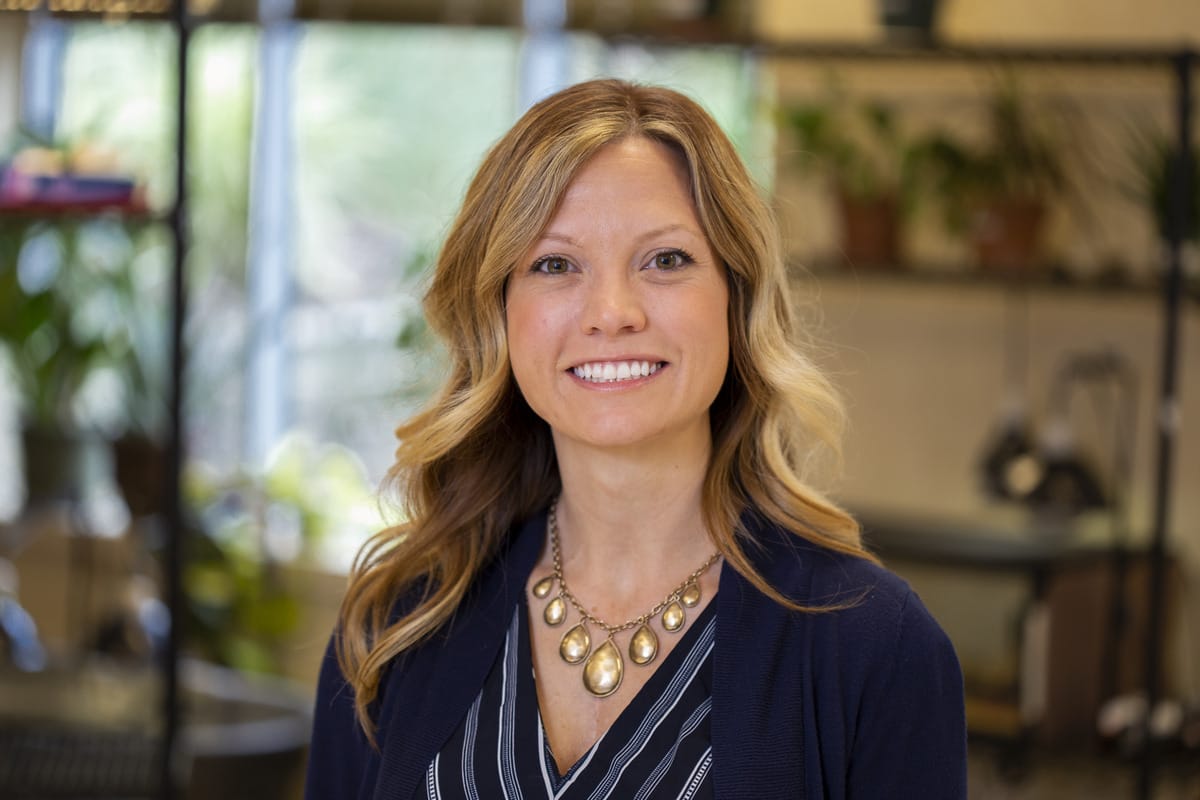I never liked math growing up. As a student, I can remember sitting in math classes and wondering, “When am I ever going to use this stuff?” I struggled with seeing the real-world application and being a creativity-driven student. Also, I couldn’t figure out how to engage with the material in a way that made sense to me. Math was so logical, and I struggled with any learning that had a fixed answer. Not because I couldn’t (eventually) figure it out, but because I wanted to engage with the material differently. I wanted to find its use in the world in which I was navigating. But math, to me, was a straight line, with several predetermined points of interaction. A fixed result that didn’t have any alternates. So I started to internalize math as something I just wasn’t good at.
As a teacher, how many times have you heard your students say, “I’m not a math person”? One of the many reasons I went into teaching was to learn how to teach math differently. I wanted to get students to love math. To engage with math in ways that extended beyond the worksheets and books. I wanted students to see the beauty and power in math. To hold an undeniable conviction that it is necessary in our lives. Math is absolutely a creative endeavor. Both relevant and meaningful – if you create the experiences to play out in this way.
So, how do we do it? These three small changes are a great place to start!
Encourage pictorial representation.
If you’ve ever done research on ways that students learn math best, you have probably come across the CPA progression. This is a frame for learning that models the importance of a progressive movement through three areas when understanding a concept deeply. These three areas of representation are concrete, pictorial, and abstract (learn more here). Students need to draw out their understanding of a concept in ways that make sense to them. For example, if you are teaching your kindergartners how to add two numbers together to get a sum, you may first present them with a basket holding 3 red apples and 5 green apples. Give them the opportunity to explore them.
Next, ask students to tell you how many apples are in the basket. Encourage them to think about how they can sort these apples. Once they have established that one way to sort is by color, have them draw out what this would look like. Encourage them to use color and symbols. If their thinking is modeled in a way that allows them to express their understanding accurately, give them a similar problem that is a bit more challenging. When students can extend their thinking from actual concrete representation (the apples) to a symbolic representation (their drawing), they are learning to interpret the information at a higher level of thinking.
Encourage flexible thinking.
A key aspect of creativity is to break free from routine patterns of thinking. Encouraging flexible thinking allows students to let go of their established mathematical beliefs in order to examine a problem from different perspectives. This allows them to arrive at alternate, and often better, solutions. For example, give students a series of questions that require them to find two numbers given their sum and difference. For the first few examples, only use sums and differences that are the result of positive integers. Then give the students a question that requires using integers that are not whole numbers. For example, find two numbers where the sum is 9 and the difference is 2. Students will likely state that this is not possible, but once they let go of the idea that these numbers must be whole numbers, we hope they will come to a solution of 5.5 and 3.5. When students utilize flexible thinking, they open their minds to “outside the box” ideas and help build their divergent thinking skills.
Let students determine their process for learning.
Another way to encourage creative thinking is by giving students open-ended questions where multiple solutions are possible. This allows students to take some mathematical creative liberties. Here is a quick flip of a traditional math question:
- Traditional – Find the volume of an aquarium that is 12in wide, by 14in long, by 12in high.
- Open-Ended – You have been asked to design an aquarium in the shape of a rectangular prism for the school visitor’s lounge. Because of the type of fish being purchased, the pet store recommends that the aquarium hold 24 cubic feet of water. Find as many different dimensions for the aquarium as possible. Then decide which aquarium you would recommend for the lounge and explain why you made that choice.
It all comes down to this: if we want our students to develop a deep love of learning, we must find ways to make that learning authentic, meaningful, and fun. While there is a place for traditional lecture and rote practice, it’s also important to seed opportunities for our students to express their thinking creatively and differently. This will open doors to engagement and wonder.

